Many organisations are full of employees who are brimming with potential. The best companies know how to develop this potential through a safe, supportive, and engaging environment that values knowledge sharing. It is why establishing a coaching mindset is critical to the success of every organisation.
In companies with a strong coaching mindset, all employees—from senior leaders to direct reports—can integrate coaching into their leadership and development process. It creates a workplace where every member can give and receive feedback, support one another in their endeavours, challenge each other when needed, and participate in conversations that enact effective organisational change. Companies that instil a coaching mindset in their teams experience higher levels of employee productivity, engagement, and retention.
Given these enticing benefits, establishing, and nurturing a coaching mindset within your organisation should be one of your main priorities if you’re an HR leader. Granted creating wide-scale change within an organisation does take time and effort. It only supports the importance of having a leadership coach who can guide you through the process, especially during the challenging parts.
Besides seeking external support, below are a few steps you can take to instil a coaching mindset within your organisation’s teams:
Get the Support of Senior-Level Leaders
To encourage a shift in mindset, you must start at the very top. It means getting the support and participation of all senior leaders within your organisation. After all, the executive-level managers set the example and have the most influence within the organisation.
The top leaders within your organisation should set aside the time to learn from an experienced coach. It will equip them with new knowledge and helps them to clarify any questions they have about coaching. It also helps to host group discussions where they can share their experiences and learnings after each coaching session.
Senior leaders should be able to share the concrete benefits they’ve received from coaching and being coached. It will help incentivise company employees by demonstrating the value of coaching for professional and personal development.
Equip the Rest of Your Leaders with Coaching Skills
After you’ve started at the top, you can begin instilling coaching skills in the remaining leaders within your organisation. Mid-level leaders—like directors and managers—work closely with employees on a day-to-day basis, so integrating coaching into their leadership and development strategy is essential. This way, they can not only teach their direct reports how to coach and be coached but also spot high-performing individuals who could benefit from specialised training opportunities. Below are some of the most valuable coaching skills that every leader must know:
Active Listening
Coaching is all about effective communication. One of the keys to good communication is knowing how to actively listen. Hearing what someone has to say, without interrupting or thinking of what to say next, is such an indispensable skill. It not only ensures that you retain important information but also helps you establish trust with the person you’re coaching.
Asking the Right Questions
To enact effective change within your organisation, you’ll need to identify areas for improvement and gather helpful insights from those you’re coaching. It requires you to ask the right questions. It helps to create open-ended inquiries that start with “why,” “what,” and “how,” as they usually elicit clear and detailed answers.
Giving and Receiving Feedback
Leaders with a coaching mindset acknowledge that they’re not experts at everything. They embrace the idea that they can also learn from their direct reports. Hence, skilled coaches are not only good at giving constructive feedback but receiving it.
Give Employees More Opportunities to Practice Coaching
Besides teaching employees essential coaching skills, you’ll also need to allow them to put their knowledge into practice. One can only develop a team with a healthy and positive mindset through consistent implementation.
Some believe that coaching is applied in employee development only. However, it can be effectively used in everyday company processes as well. Indeed, the core competencies of coaching are applicable in many situations. For example, practising active listening and knowing how to give and receive feedback is essential in many organisational interactions, such as team meetings and one-on-one discussions.
Find Creative Ways to Foster Accountability
Lastly, create fun and creative ways to cultivate accountability within your organisation. This way, you can ensure that all employees are actively working towards promoting a solid coaching mindset. It is why many organisations have reward systems to encourage this mindset shift. Identify what incentivises your employees and reward them accordingly. For example, a recognition program usually works well and helps team members feel appreciated.
Additionally, the extra focus should be on re-evaluating and training employees with difficulties adapting coaching practices. Insight from these employees will also help you identify any problems that need addressing, so you can further improve your company processes and development strategies.
Introducing a coaching mindset to your teams can’t be done overnight. However, with enough time, patience, and assistance from an experienced coach, you can ensure that you do it right. By following the basic steps outlined above, you’ll be able to create and develop the kind of mindset that fosters teamwork, efficiency, and success.
If you want to know more, call us on 1300 551 274 or send an email at team@teamfocusplus.com. We look forward to hearing from you.





